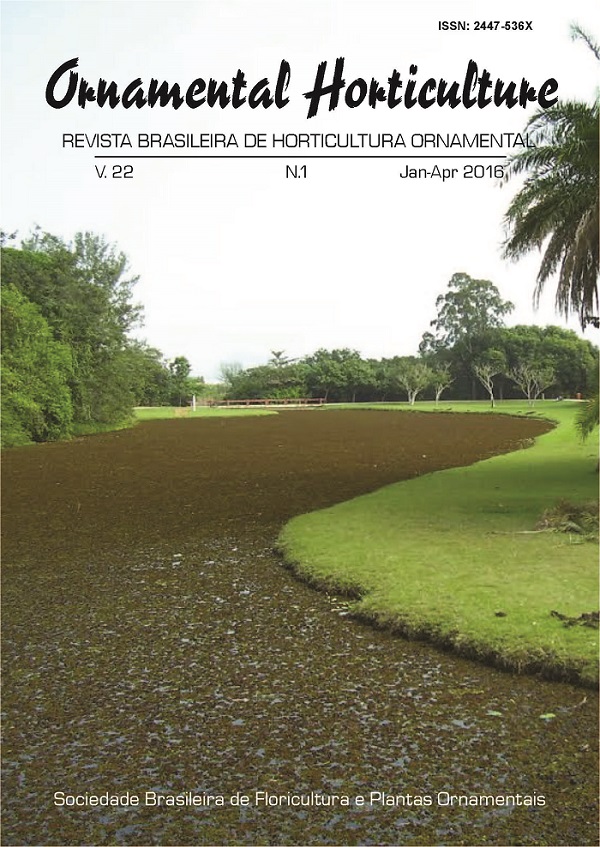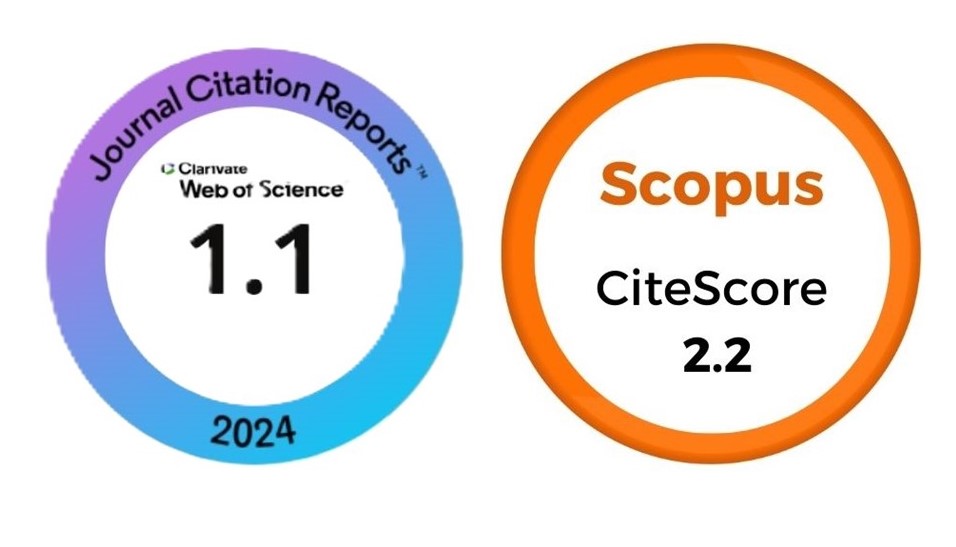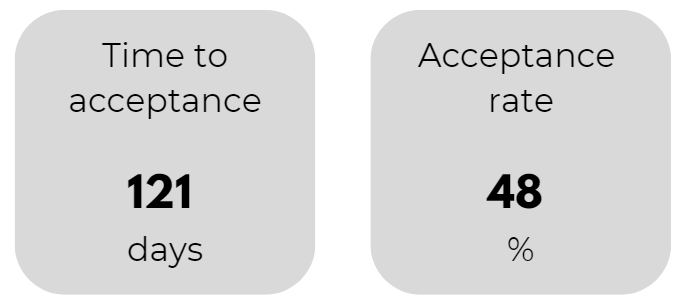Influence of indolebutyric acid in the rooting of Campomanesia aurea semihardwood cuttings
DOI:
https://doi.org/10.14295/oh.v22i1.855Keywords:
native ornamental species, vegetative propagation, auxin.Abstract
Campomanesia aurea (O. Berg) is a species native to southern Brazil, naturally occurring from the state of São Paulo to Rio Grande do Sul, and presenting a great ornamental potential. The objective was to verify the rooting of semihardwood cuttings of Campomanesia aurea using indolebutyric acid (IBA) doses. The cuttings were collected in the municipality of Barão do Triunfo, Rio Grande do Sul State, in December 2014. The cutting base was immersed in concentrations of zero (control), 2,000, 4,000, 6,000 and 8,000 mg L-1 of IBA, subsequently established in a carbonized rice husk substrate and placed in a protected environment with an intermittent misting system. At 111 days after installation, dead and rooted cuttings, leaf retention, callus formation, root volume, root and shoot dry matter were evaluated. The experimental design was completely randomized with four replications with 20 cuttings. Data were submitted to analysis of variance and regression. No statistical differences were found for any of the evaluations. An average rooting was observed in 28% of cuttings and callus formation was observed in 48% of cuttings. Root average volume per cutting was 0.15 mL, root dry mass was 0.01 g, and shoot dry mass was 0.28 g. There was a negative correlation between leaf retention and mortality of cuttings. It is concluded that the production of C. aurea by cutting is viable, and that there was no positive response to the application of IBA with the conditions under which the experiment was developed.








